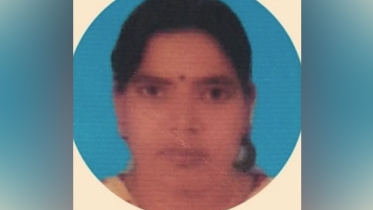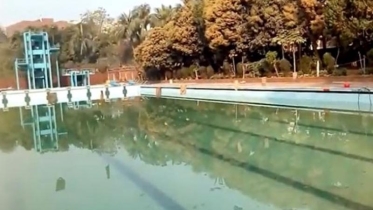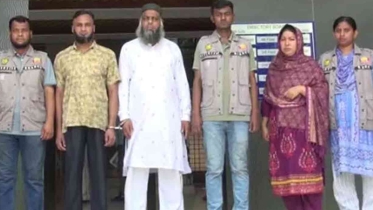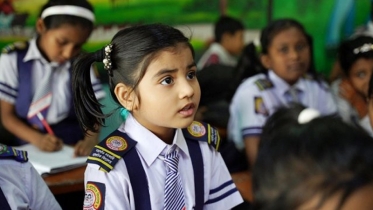
Communication Trainer
Edmonton, AB, Canada
www.ziahasan.com
করোনা ভাইরাস এবং কোভিড-১৯ নিয়ে আমাদের ধারাবাহিক আলোচনার তৃতিয় পর্বে সবাইকে স্বাগত। গত দুই পর্বের মতই আজকের পর্বেও আমরা বেশ কিছু প্রচলিত শব্দ এবং টার্ম নিয়ে আলোচনা করব। আশা করি পাঠকদের কাজে লাগবে।
22. Immunocompromised. People with a weakened immune system are sometimes described as being immunocompromised. Cancer patients in active treatment, people being treated for autoimmune conditions like lupus, pregnant women and others may have weaker immune systems, which may make them more vulnerable to COVID-19 transmission or symptom severity.
23. Personal Protective Equipment (PPE). Personal protective equipment is specialized clothing or gear used to prevent contact with infectious or hazardous materials. PPE to protect wearers - like health care workers - from exposure to the coronavirus includes gloves, gowns, surgical masks, respirators, face shields and goggles.
24. Physical distancing. When people emit respiratory droplets, virus transmission has the potential to occur when people are in close quarters. Keeping a physical distance between yourself and others is a key recommendation for preventing the spread of infection. Steps include staying at least 6 feet away from other people and avoiding public gatherings. The term is replacing "social distancing" to highlight awareness that people need to remain socially connected even while physically apart from one another.
25. Quarantine. People who have been exposed to a communicable disease, who themselves are not yet sick, are sometimes placed under quarantine to separate them from the general public until it's clear they won't spread the infection. Quarantine has recently been imposed on people in specific locations where multiple COVID-19 cases have occurred or have the high potential to occur, such as individual cruise ships or nursing homes.
26. Respirator. Respirator masks, also called N95 masks, are close-fitting masks made from cloth-like filter material that protects wearers from inhaling infectious particles. Respirators are issued to health care workers who are properly fitted in an annual, 15-minutes test to identify the correct size, make and model for them to ensure the mask effectively seals their nose and mouth from tiny particles.
27. Self-quarantine. Self-quarantine is a voluntary decision made by someone who has been either exposed or potentially exposed to COVID-19, for instance from an infected family member, to stay away from the public to avoid possibly spreading the virus.
28. Shelter in place. Traditionally, the term "shelter in place" has been used in the context of natural disasters like tornadoes or events like terrorist attacks. Literally, it means: Stay wherever you are, such as your workplace, a shop or at home, until the threat is gone. Now, the term is morphing to also mean: Stay at home during the COVID-19 pandemic. Some areas - states, cities or counties - have issued shelter-in-place orders, urging people to stay home to help prevent the spread of disease.
29. Zoonotic. Zoonotic means "relating to any disease of animals communicable to humans." The noun form is zoonosis. The source of COVID-19 is believed to be an animal, which makes it a zoonotic disease.
Quote on life:
"The things you do for yourself are gone when you are gone, but the things you do for others remain as your legacy."
~ Kalu Ndukwe Kalu
Dear learners, stay happy and make others happy!








